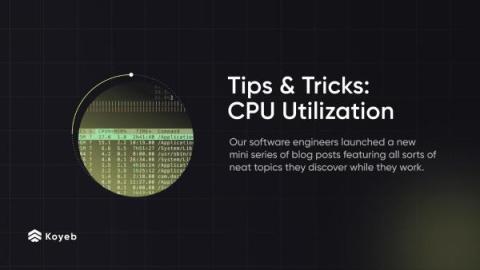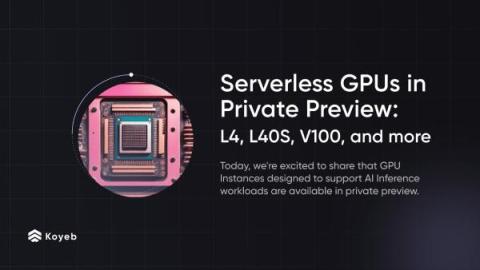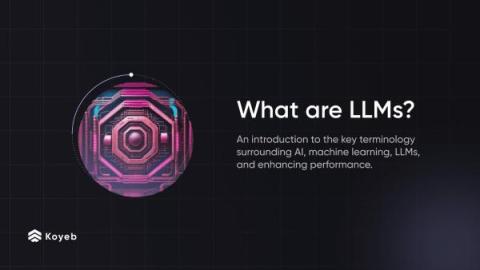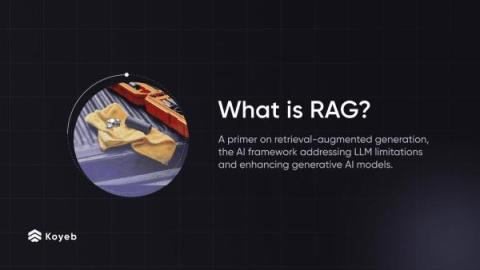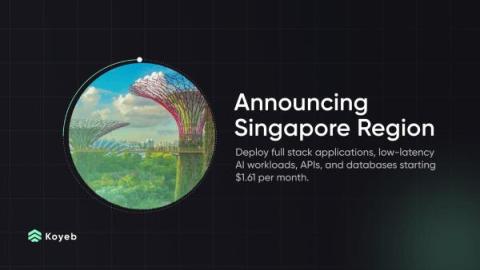The engineering behind autoscaling with HashiCorp's Nomad on a global serverless platform
There are several ways to handle load spikes on a service. However, these methods are not cost-effective: you either pay for resources you don't use, or you risk not having enough resources to handle the load. Fortunately, there is a third way: horizontal autoscaling. Horizontal autoscaling is the process of dynamically adjusting the number of instances of a service based on the current load. This way, you only pay for the resources you use, and you can handle load spikes without any manual intervention.



